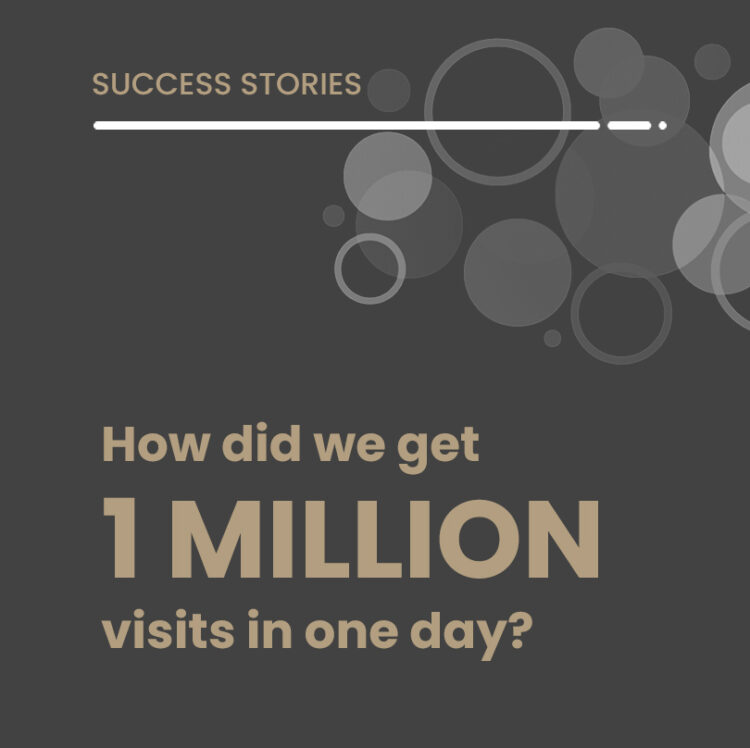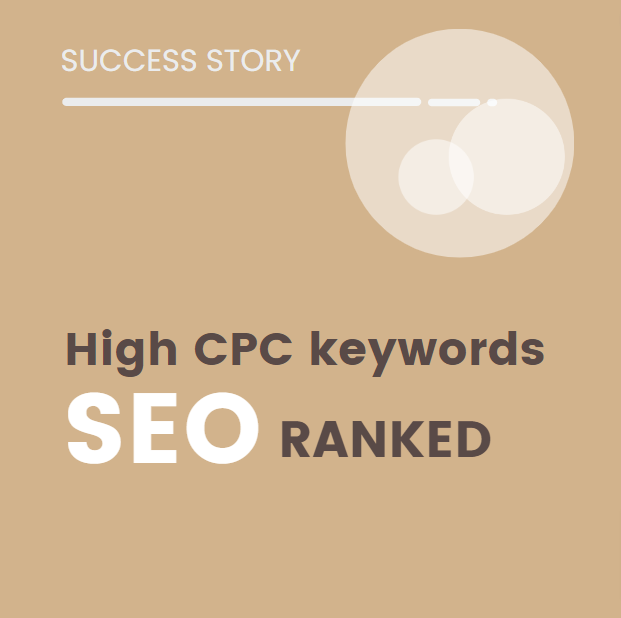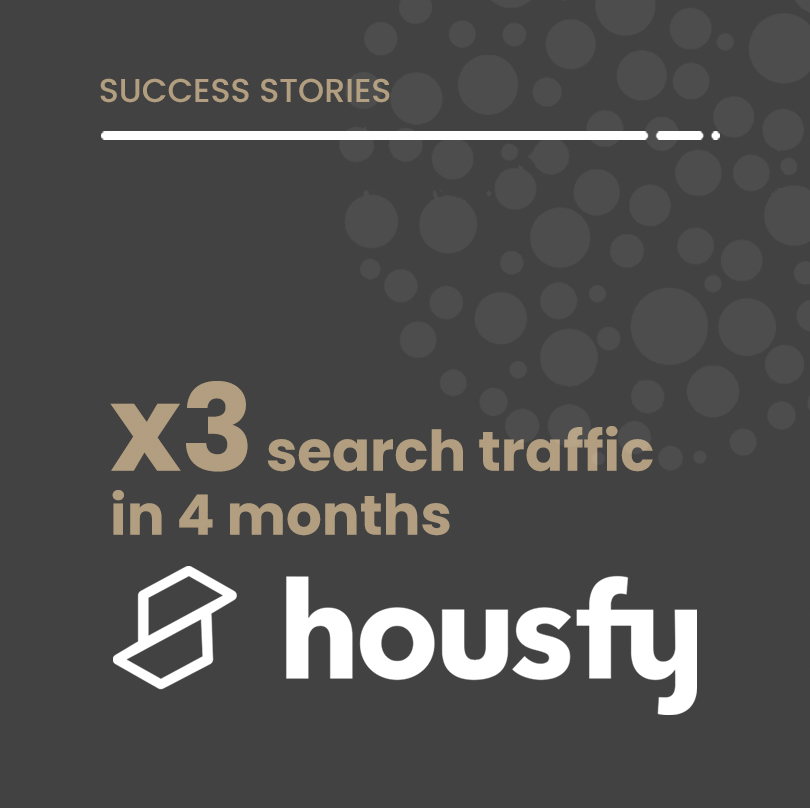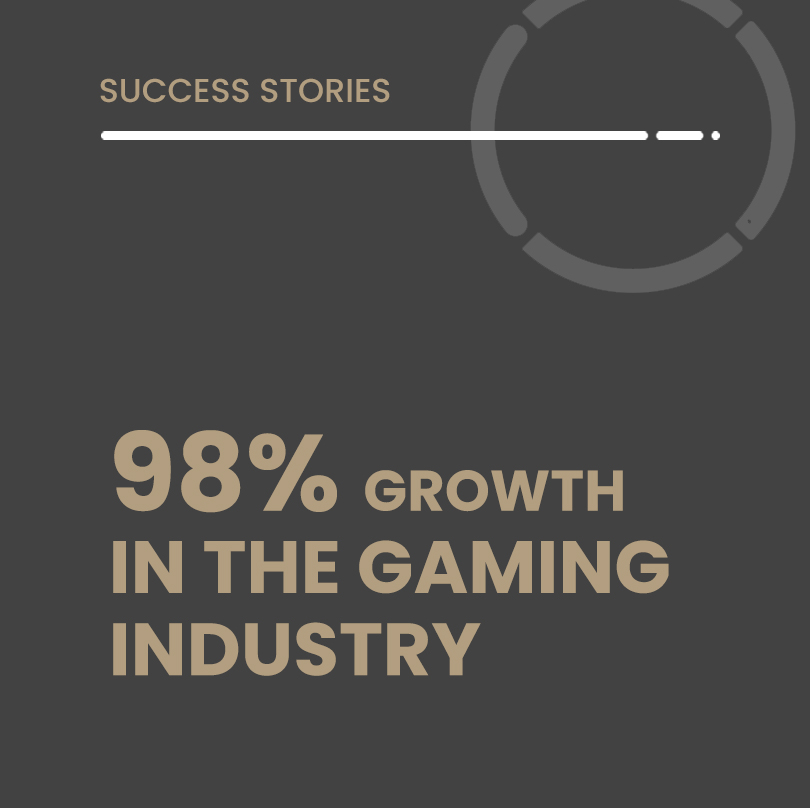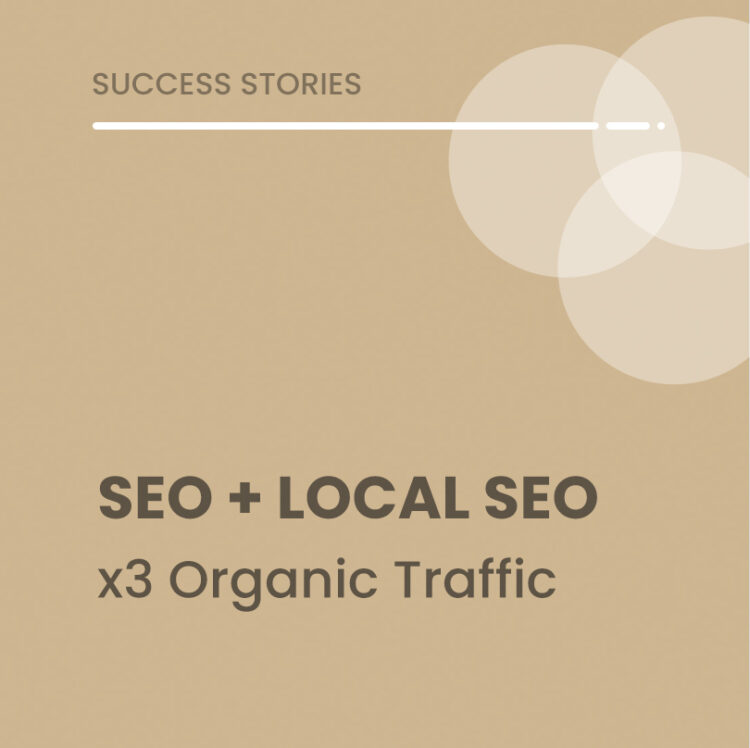- Transform the image of a brand,
- And improve visibility in search engines.
Key Lessons on SEO Migrations and Web Design
- Preserving SEO Value is a Top Priority: Protect and preserve search engine optimized pages during your website redesign. It’s important to maintain the SEO value of your existing website while making improvements.
- Integrate SEO from Day One: Incorporate SEO considerations from the beginning of the redesign process. Proactively integrating SEO into your new website is easier than trying to fix issues later.
- Ongoing monitoring:After launch, track your website’s performance for drops or increases in search rankings and user behavior. This will help you identify any changes in performance and make necessary adjustments.
- Iterative Optimization:Take an iterative approach to design and continuously optimize the website for better performance in terms of SEO.
What is a web design SEO migration?
Starting point: Web redesign enhancing image and SEO
- Deindexing over 700 outdated URLs,
- Reducing the total amount of URL inventory to less than 200 per language
- And optimizing search engine visibility by improving user experience.
The Challenge: Removing hundreds of URLs without impacting profitable organic traffic
- Discontinued products,
- Unsold accessories,
- And informative PDFs for non-existent products.
Differentiating Solution Provided by iSocialweb
- 301 Redirects (Permanent): For discontinued products with new versions or bundling, permanent redirects were applied to updated versions or related products.
- 307 Redirects (Temporary): Product pages that were temporarily off-market, but with the ability to return, were handled with temporary redirects (code 307), indicating to Google their current absence, but with the option to return in the future.
- Error 410 (Pages Deleted): URLs with no equivalent or interest in redirecting were deleted with a 410 error code, signaling to Google that these pages could be deindexed.
The result: New professional web design and 700 fewer URLs
The result was a significant reduction in the number of URLs, from over 1,000 to just over 200:

Removing irrelevant traffic and improving the overall quality of the site.
By removing errors from product fragments that were not being applied correctly, since the client was not offering online purchases, but information about products and services developed by themselves:

In addition, the presentation of information was optimized.
Creating new templates for the category and product pages, in addition to the general redesign:
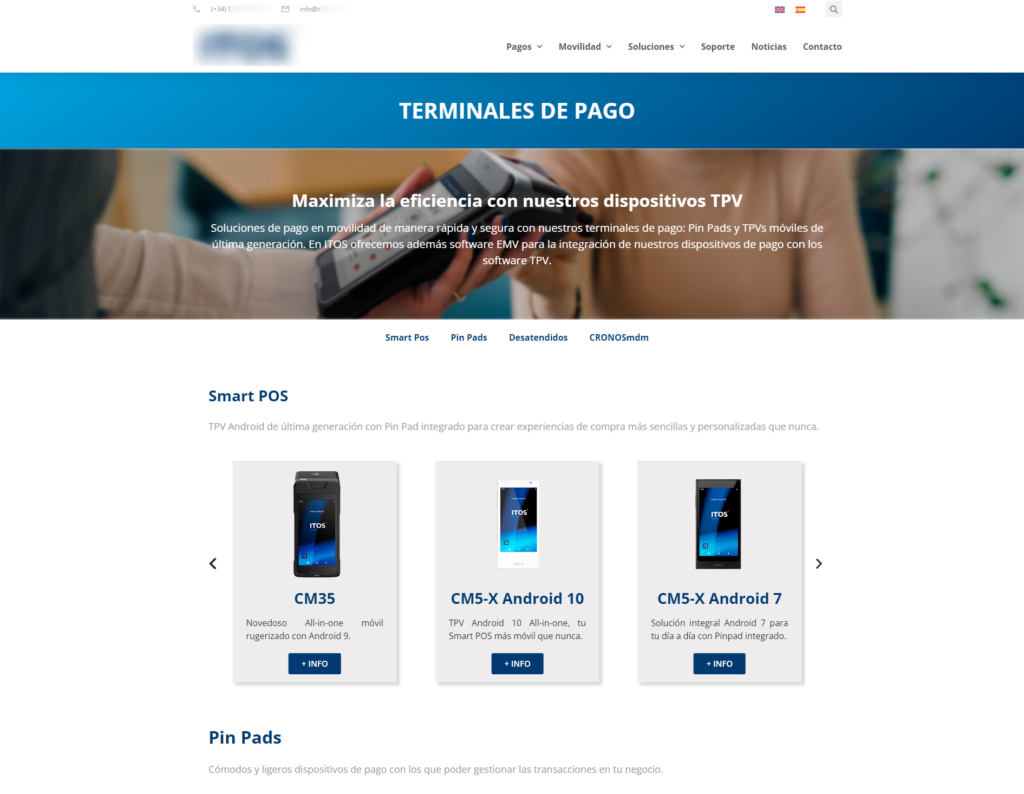
Final thoughts
Our work collaborating on the website redesign accompanied by URL cleanup has been a notable success in optimizing this client’s online presence.
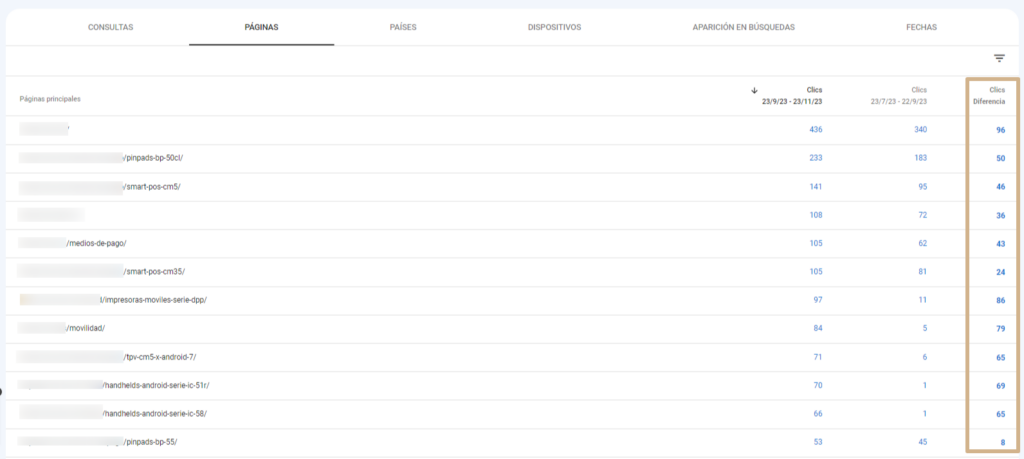
As seen in the image above, the migration to a new web design, the strategic removal of over 700 outdated URLs, and the correction of errors in product data markup have led to a significant improvement in the company’s visibility and relevance on Google for important business URLs.
If your company is facing similar challenges, if you notice that your online traffic is suffering, or if you are looking for effective optimization of your digital presence, do not hesitate to contact us.
At iSocialweb, we are committed to providing customized solutions that not only solve immediate problems but also drive sustainable growth for your business.
Don’t let unnecessary URLs, poor web design, or poorly displayed data markup affect your visibility and conversions.
Click here to talk to our team and find out how we can take your online presence to the next level!
Co-CEO and Head of SEO at iSocialWeb, an agency specializing in SEO, SEM and CRO that manages more than +350M organic visits per year and with a 100% decentralized infrastructure.
In addition to the company Virality Media, a company with its own projects with more than 150 million active monthly visits spread across different sectors and industries.
Systems Engineer by training and SEO by vocation. Tireless learner, fan of AI and dreamer of prompts.
- Este autor no ha escrito más artículos.


